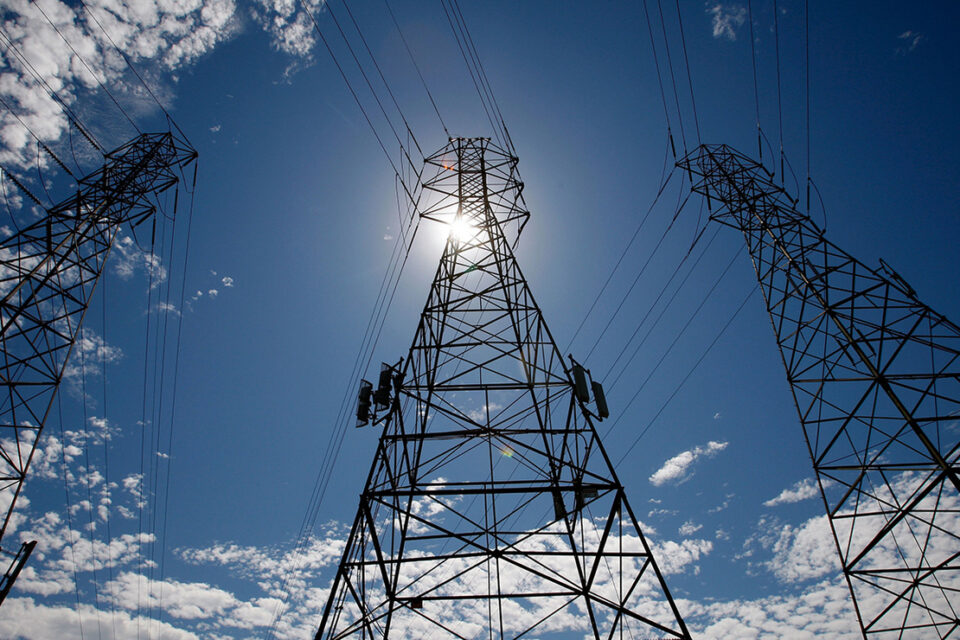Proposal Aims to Revamp Rate Structure, PG&E, SDG&E, and SCE to Introduce Fixed Charges Based on Household Incomes.
As new legislation takes root in California, PG&E customers, among others, may find their monthly utility bills reflecting their household incomes. A fresh proposal being considered by the state mandates income reporting for customers of the utility company, thereby adjusting their monthly rates accordingly.
This groundbreaking proposal is currently under review by the California Public Utilities Commission. They are charged with refining the details of this plan before its prospective implementation in mid-2024. This innovative rate structuring initiative from PG&E comes on the heels of Governor Gavin Newsom’s ratification of Assembly Bill 205. This legislation empowered the California Energy Commission and necessitated the state’s primary utilities, PG&E, Southern California Edison, and San Diego Gas & Electric, to formulate a fixed-rate pay structure.
The proposed plan introduces a fixed monthly charge contingent on household income levels, while simultaneously cutting electricity rates by 33%. Marlene Santos, PG&E’s chief customer officer, expressed optimism that this model could benefit most customers by reducing their overall expenses.
“This proposal aims to help lower bills for those who need it most and improves billing transparency and predictability for all customers,” Santos stated.
An analysis by KTLA illustrated the potential impacts of the new payment structure on households across various income bands. Households with incomes ranging from $28,000 to $69,000 would be subjected to a $20 flat fee on South California Edison bills, a $30 fee from PG&E, or a $34 fixed fee from San Diego Gas and Electric. Those earning between $69,000 and $180,000 would pay a monthly fee of $51 to Edison or PG&E and $73 to SDG&E. Households with incomes exceeding $180,000 would be charged $85 by Edison, $92 by PG&E, and $128 by SDG&E.
“This is not an introduction of new charges, but a restructuring of the components of providing and delivering power,” reads a post on PG&E’s Currents section of their website.
While SDG&E has announced a 42% rate reduction, Southern California Edison is set to slash rates by 33% in an attempt to balance the new charges. PG&E asserts that the majority of its customers will experience a net decrease in rates. However, the shift to renewable energy sources could intensify the financial burden on utility customers, in line with the state’s ambition to be more dependent on electricity and less on natural gas.


